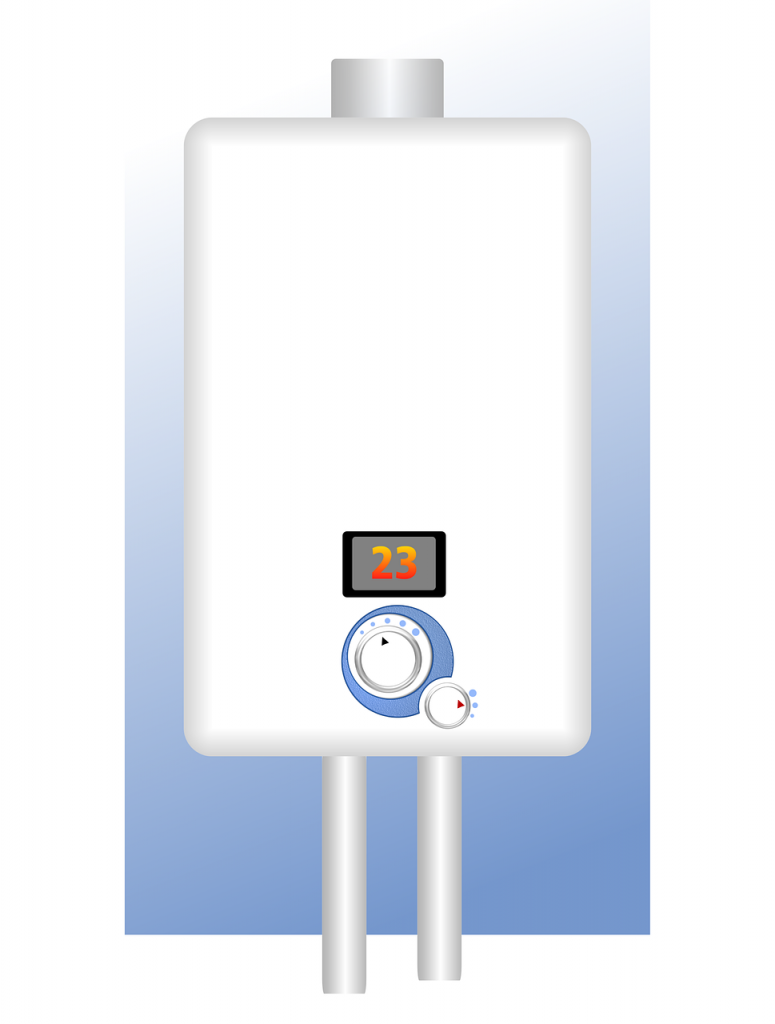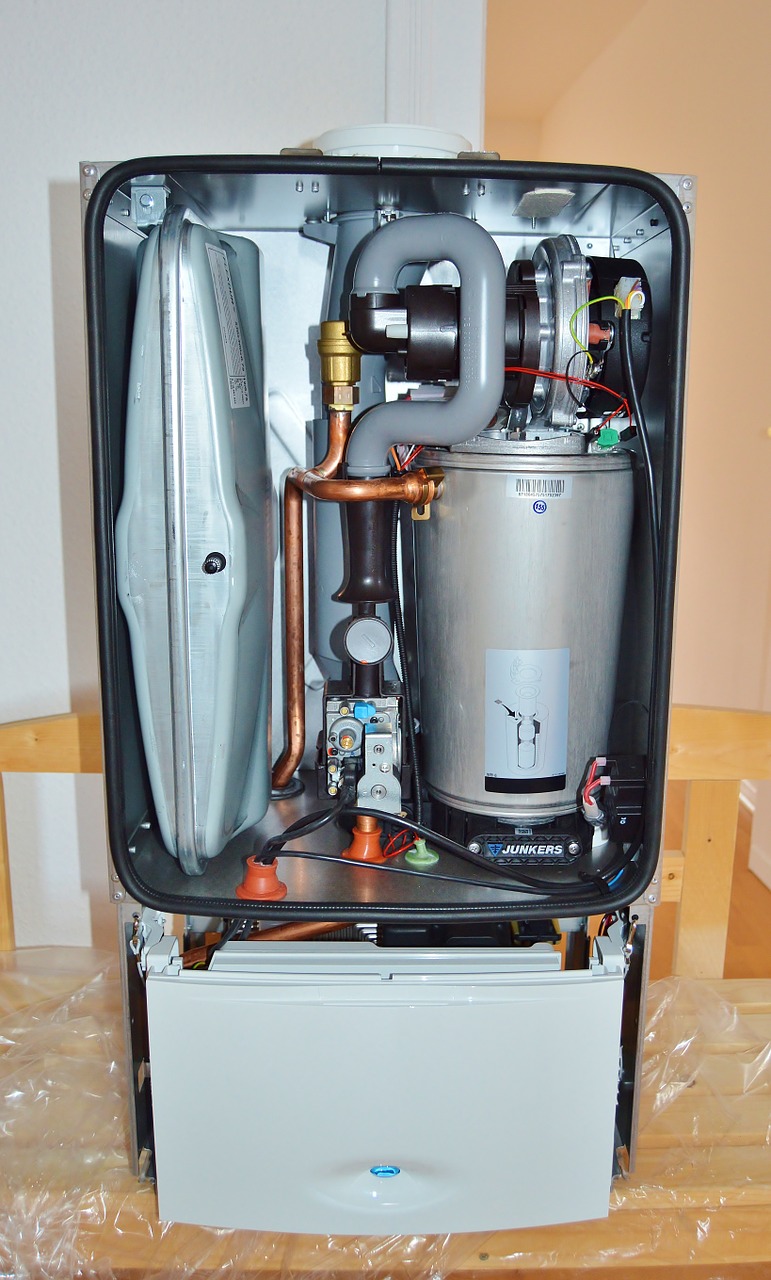Summary
– Operation of the water heater resistor
– Water heater resistance: maintenance and change
– Price of a water heater resistor
An electric storage water heater is composed of:
– an enameled and confined tank, maintained under constant pressure;
– a resistance for a water heater;
– a thermostat for temperature control;
– an anti-corrosion system.
The resistance of the water heater is an essential part of your cumulus:
– It ensures the temperature rise of the water in the tank by transforming electrical energy into thermal energy.
– It has an electrical connection system at its base.
– It will scale over time, but it can be cleaned and changed if it is defective.
You can also change other spare parts of the storage water heater in case of a problem:
-
- The thermocouple
-
- The anode of the water heater
-
- The water heater’s safety group
Operation of the Water Heater Resistor
Water heater resistance: two types
There are two types of resistors for water heaters:
– The entry-level thermoplastic resistance (called an armored water heater):
◦ in stainless steel;
◦ directly in contact with water;
◦ requires regular maintenance because it scales quickly;
◦ with a relatively short life span.
– The soapstone resistance:
◦ surrounded by a sheath often enameled, and therefore protected from scaling;
◦ more expensive, but with a longer lifespan;
◦ can be changed without having to drain the tank.
Water heater resistor: operation
The inner wire of the water heater resistor, which is made of a metal mixture, heats up when current flows through it. This wire is surrounded by insulation that is covered with a protective coating. It is connected to the tank and secured by a ground (yellow/green wire).
Over time, the water heater’s resistance becomes scaled and overheats: its resistive wire is gradually destroyed, the resistance begins to heat less until it does not heat.
Water heater resistance: maintenance and replacement
To service or replace the water heater:
– In the case of a thermoplastic heater, you must drain the tank completely:
◦ which results in a large volume of hot water being wasted;
◦ but allows access to the cumulus to descale the tank or change another of the cumulus organs.
– For a resistor, you can intervene without emptying the tank.
How to clean or change the thermoplastic resistor?

Here is how to dismantle the thermoplastic heating element. Depending on the condition of the water heater, you will either descale it or change it.
Thermal immersion heater: disassembly
|
1 |
|
|---|---|
|
2 |
|
|
3 |
|
|
4 |
|
|
5 |
|
|
6 |
|
|
7 |
|
|
8 |
|
How do I clean or change the resistor?
Because it is protected from direct contact with the water, the resistor will only become very slightly entangled—limescale deposits on the sheath. If you have to change the soapstone heater, proceed in the same way as the immersion heater, but without draining the tank.
Price of a heater
Here are the indicative prices of the resistances for water heaters.
|
Price of the water heater resistor |
Resistor |
|---|---|
|
From $60 to $200 |
From $30 to $100 |
You can read more here:

